Santhi Metal eShop
Premium Teak Wood Pallanguzhi (Vamana Guntalu / Passuppandi / Mancala) – 14-Pit Traditional Board Game with 70 Cowrie Shells
Premium Teak Wood Pallanguzhi (Vamana Guntalu / Passuppandi / Mancala) – 14-Pit Traditional Board Game with 70 Cowrie Shells
Couldn't load pickup availability
Discover the Charm of Tradition with Premium Teak Wood Pallanguzhi
Bring home the timeless joy of Pallanguzhi – also known as Vamana Guntalu, Passuppandi, or Mancala – beautifully handcrafted in premium teak wood for durability and elegance.
This engaging two-player indoor game features 14 smooth pits (7 on each side) and comes with 70 authentic cowrie shells. The objective is simple yet exciting – collect more shells than your opponent using quick thinking, strategy, and memory.
Perfect for kids and adults alike, this game:
🧮 Teaches counting & basic maths skills
👁️🖐️ Improves eye–hand coordination
🧠 Boosts memory, observation, and concentration
🎯 Encourages strategic thinking and patience
Materials
Materials
Teak Wood
Shipping & Returns
Shipping & Returns
All products are available for delivery across India, along with a 7-day return policy
Dimensions
Dimensions
L x B x H - 43.1 x 9.1 x 6.8 cm
Weight
Weight
Maintenance & care :
Maintenance & care :
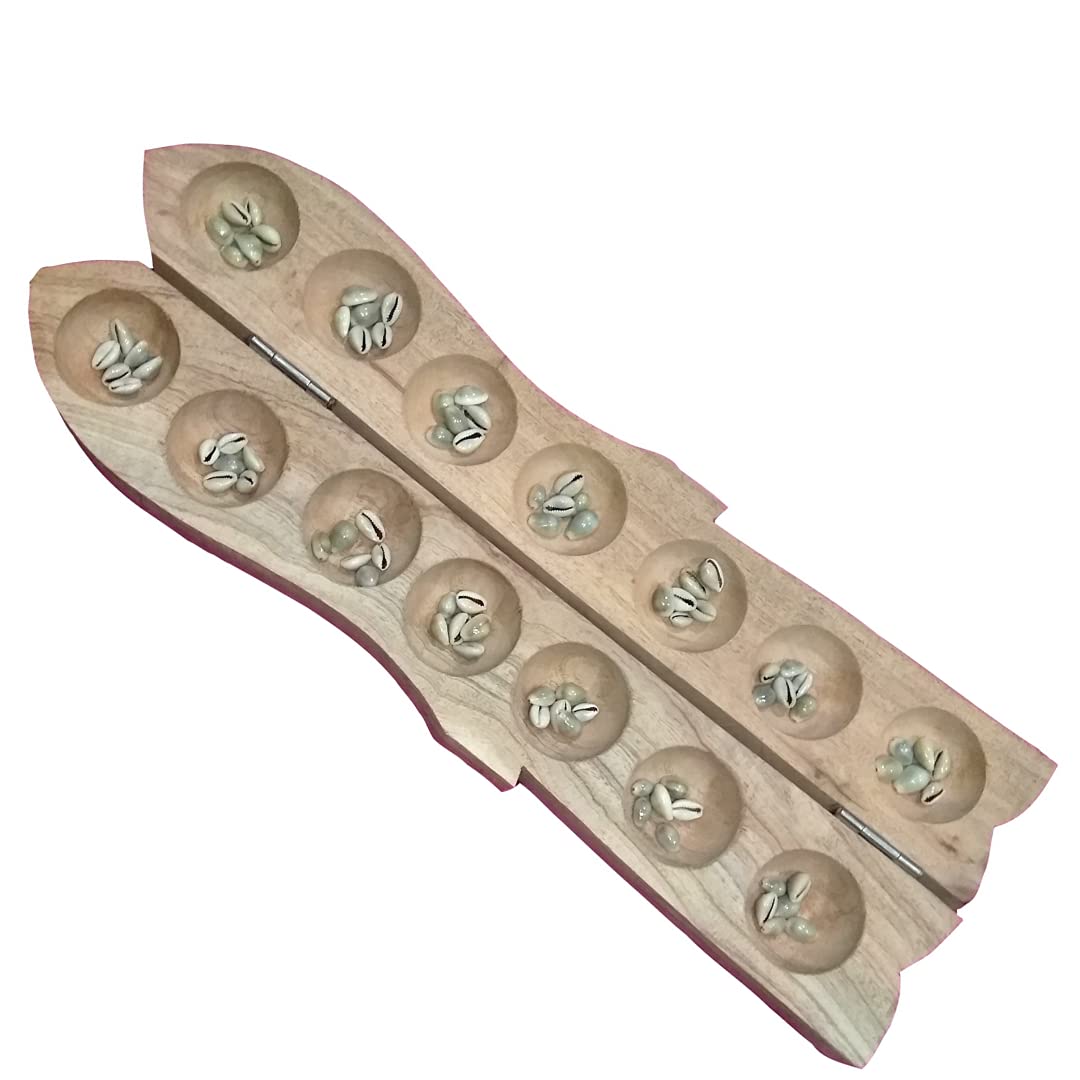
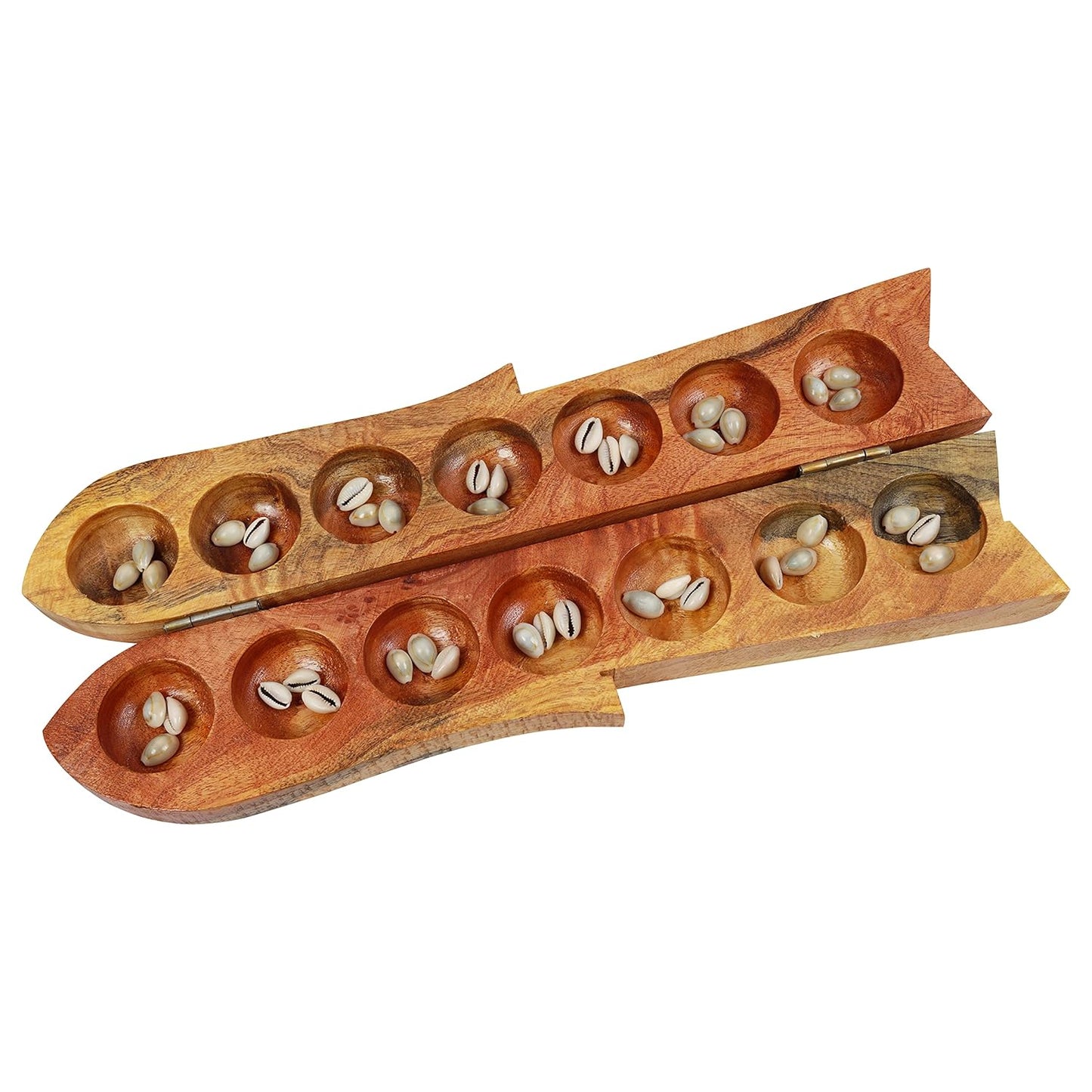
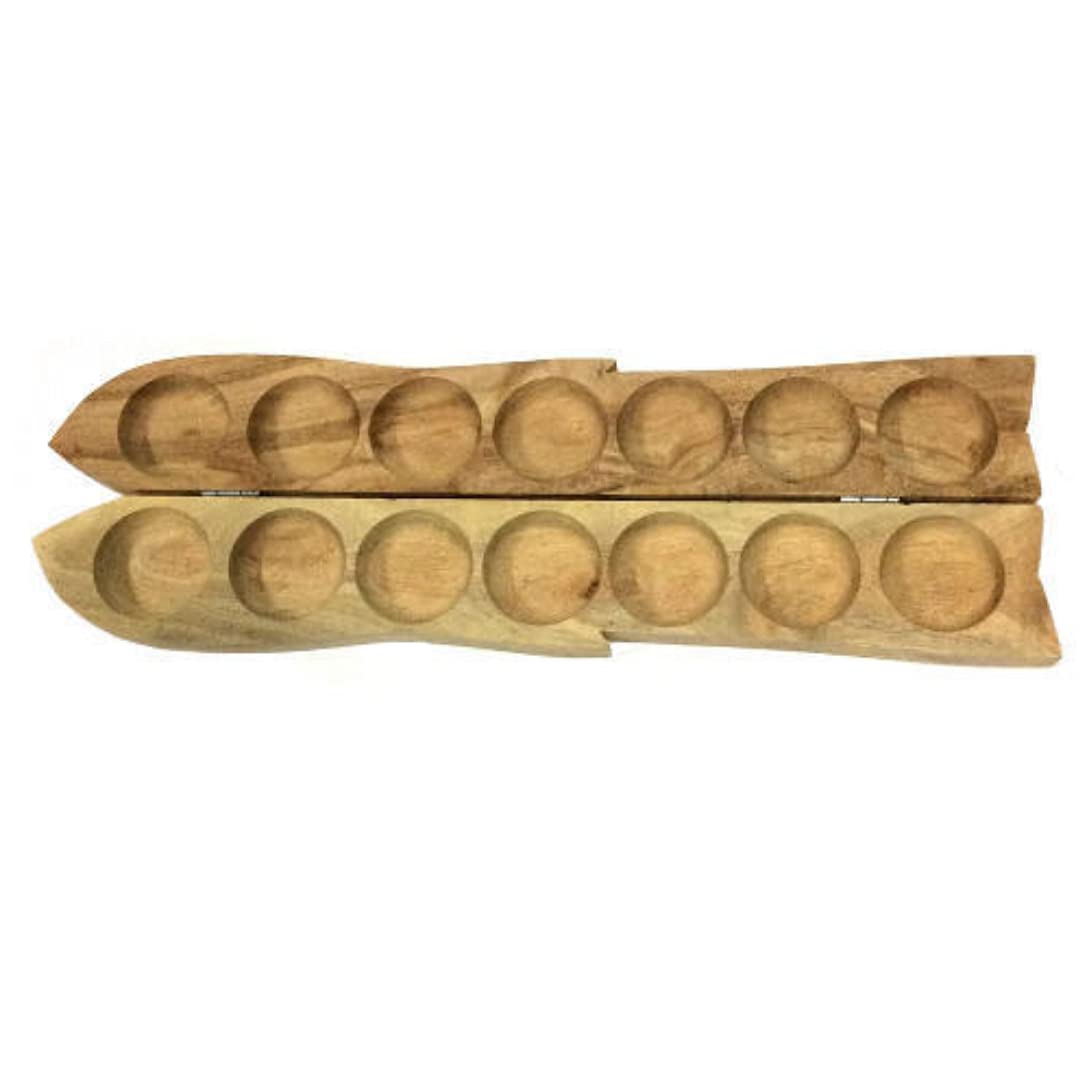
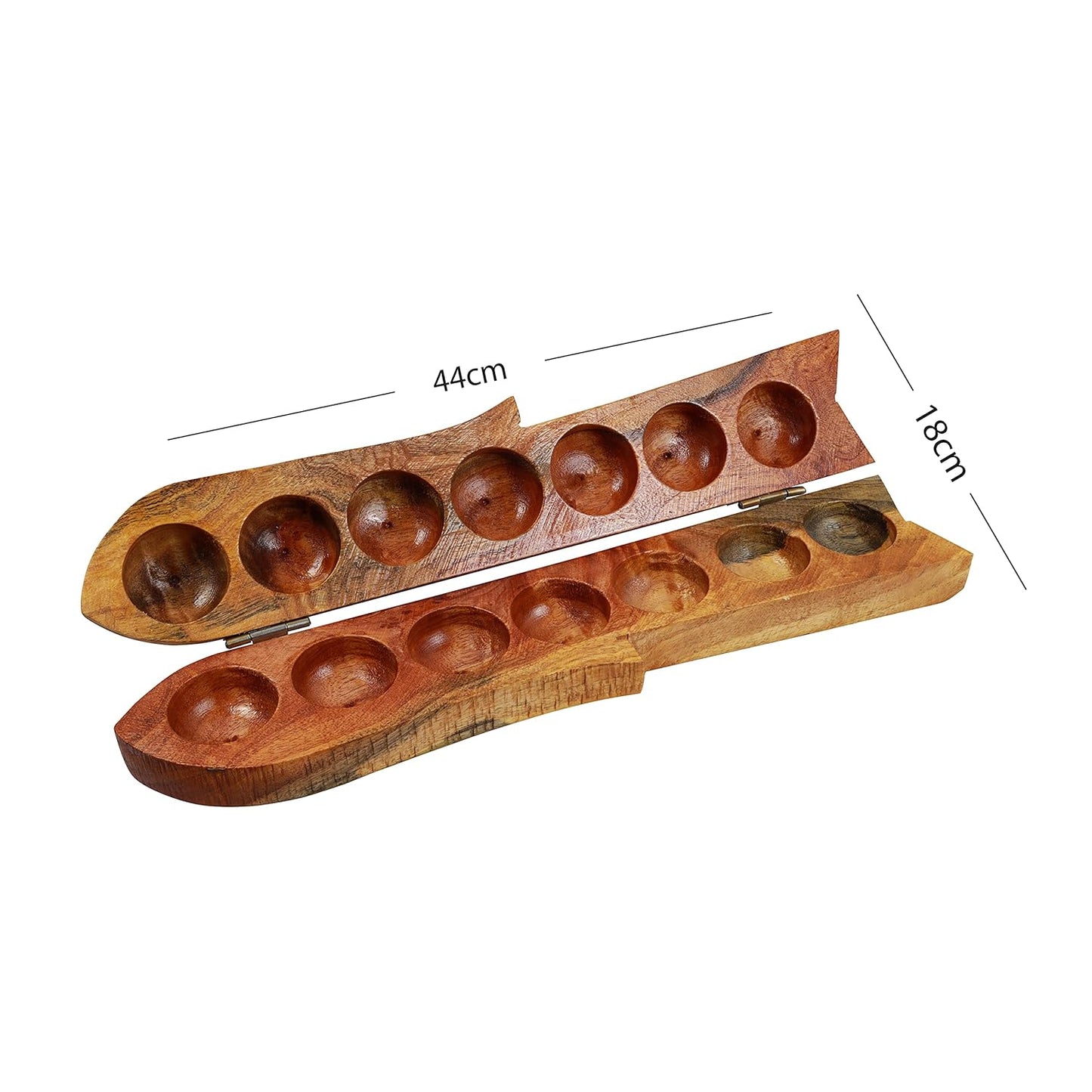
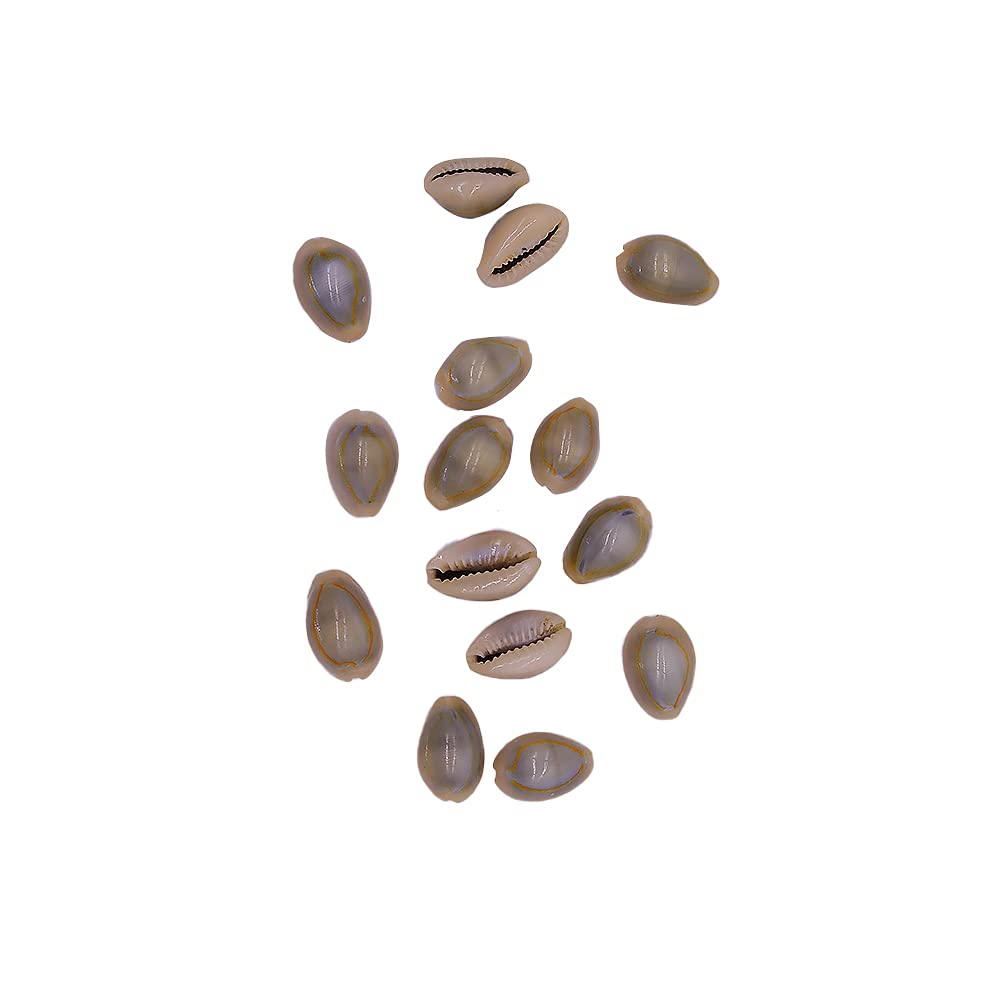
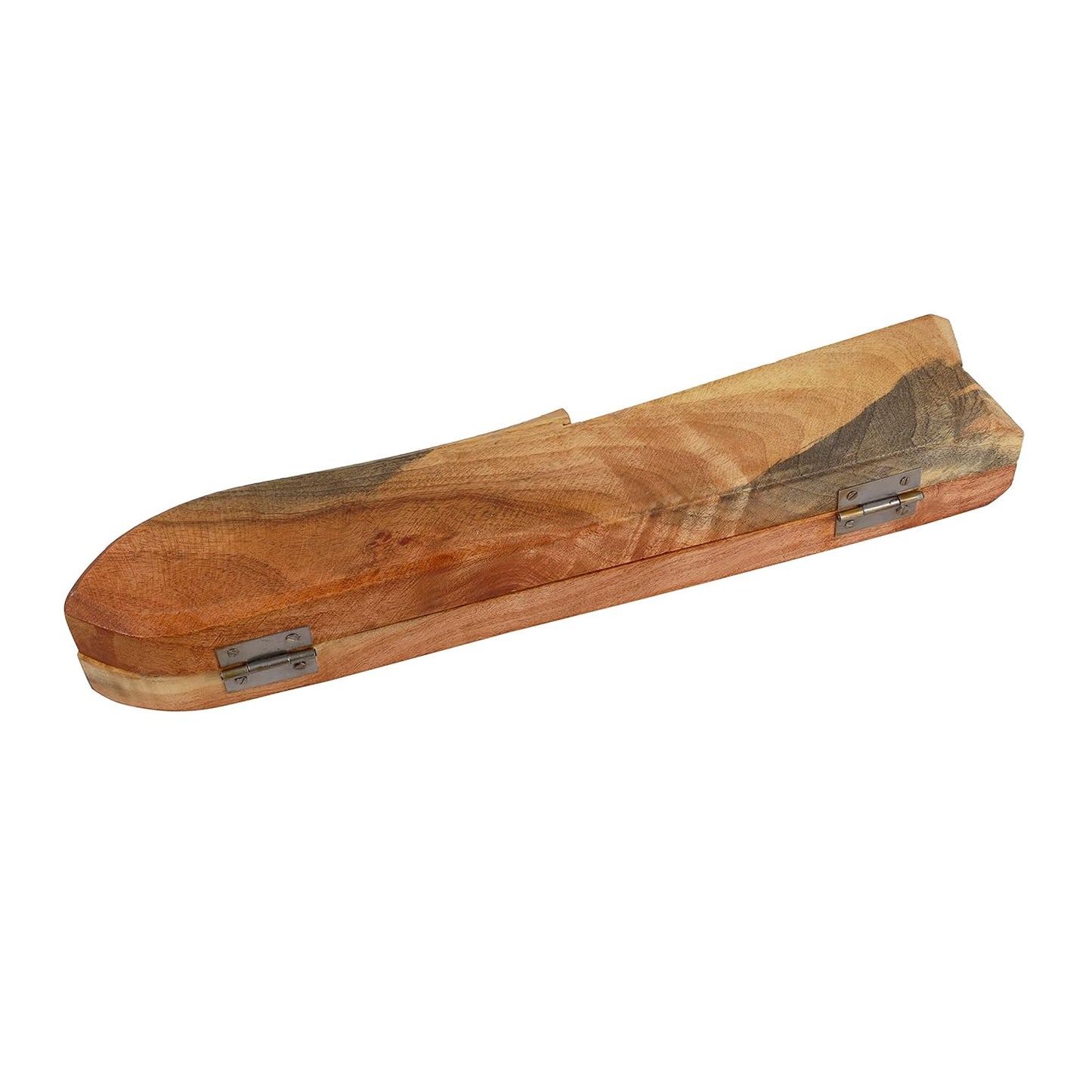
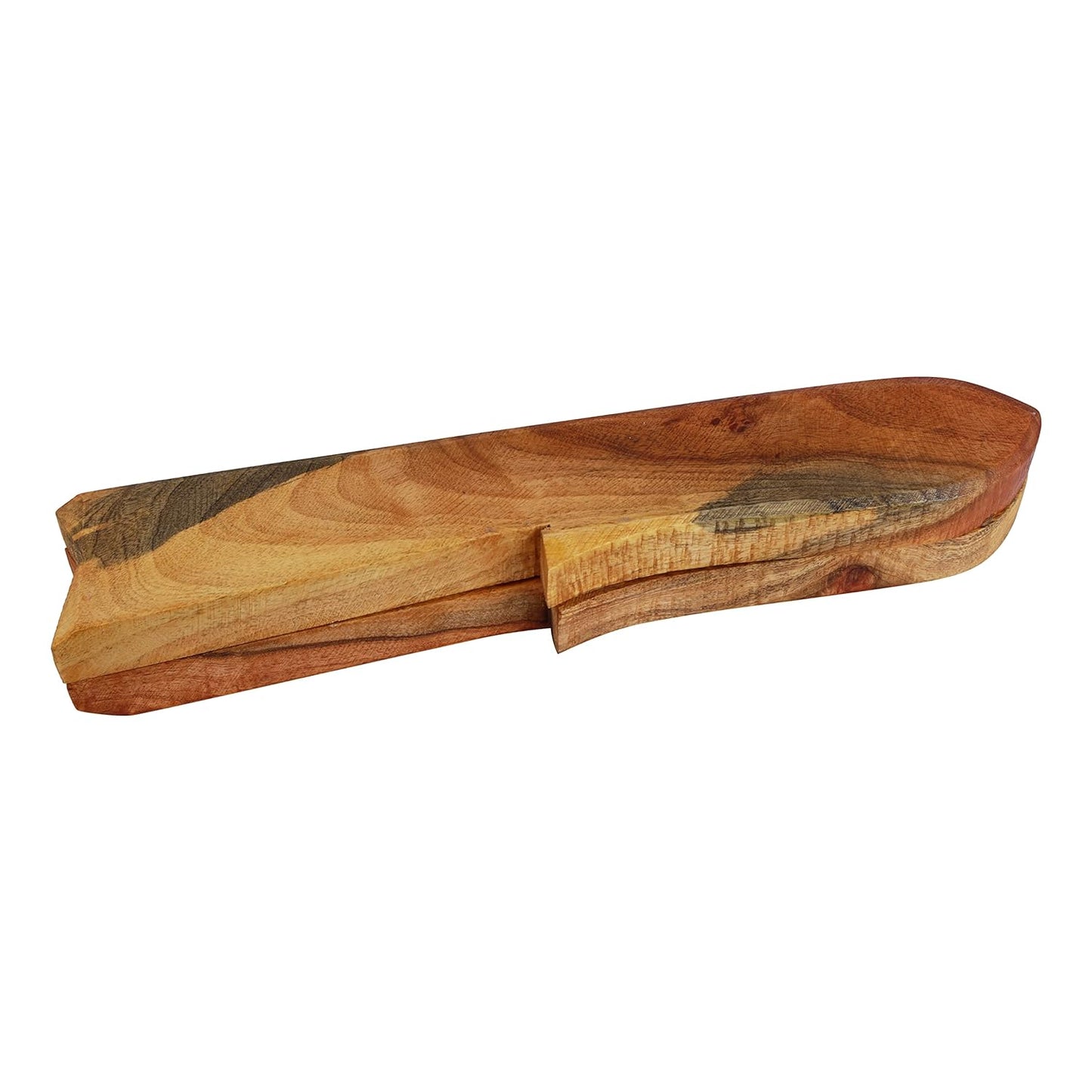
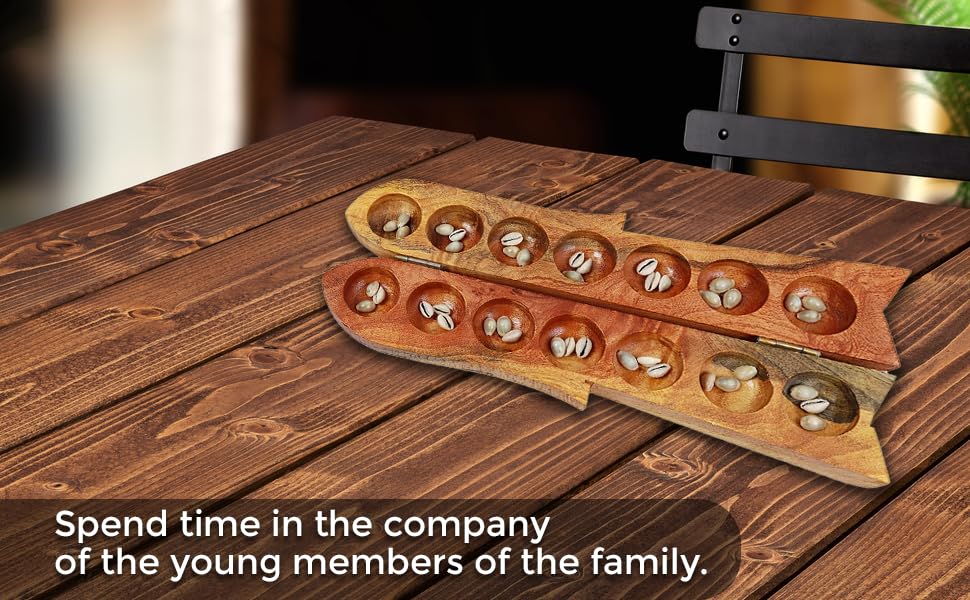
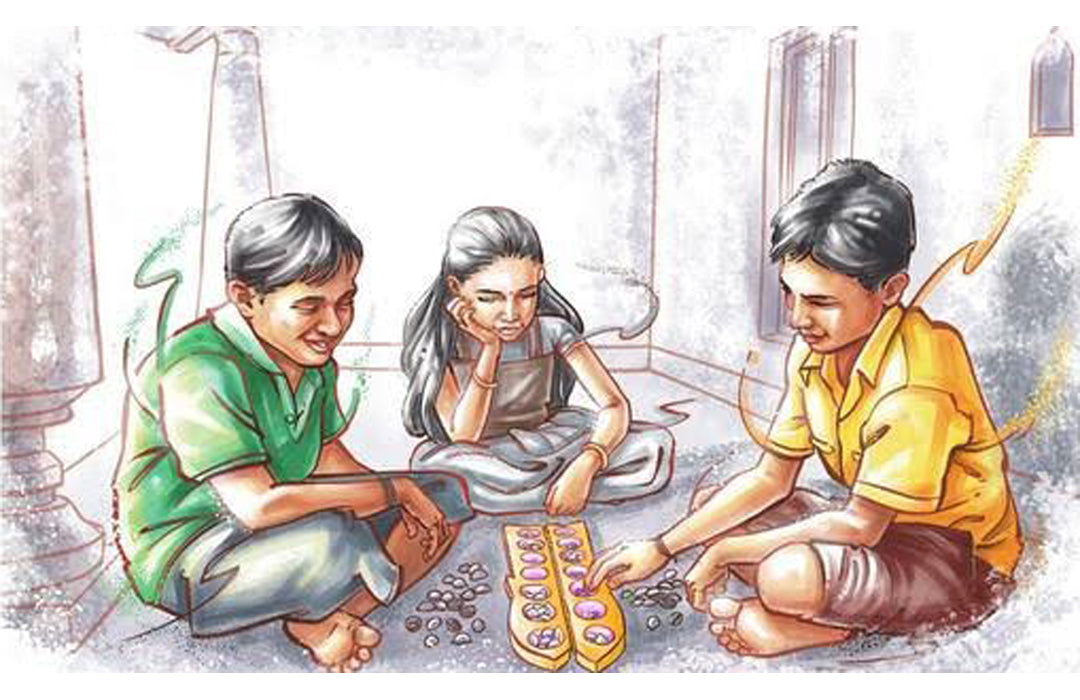
Pallanguzhi - Passuppandi








